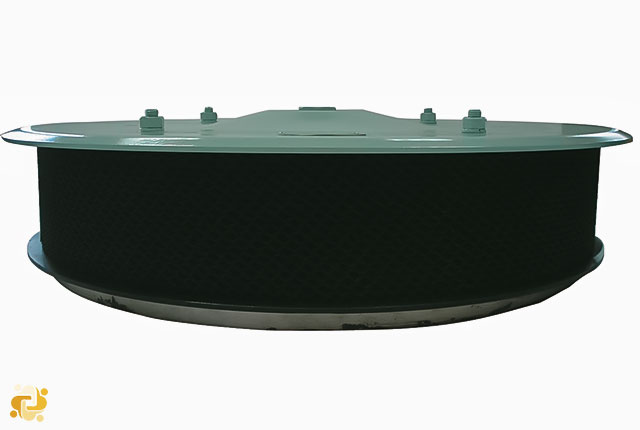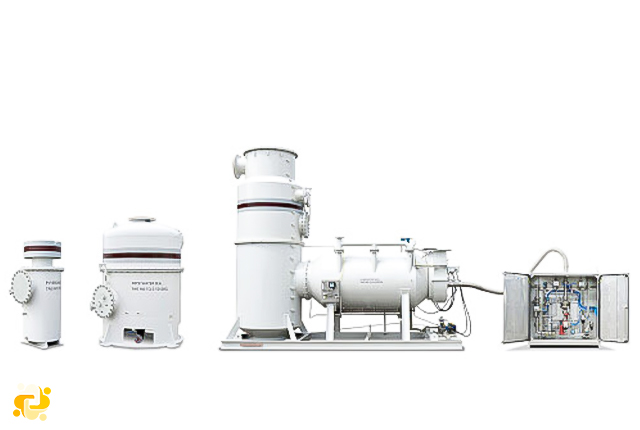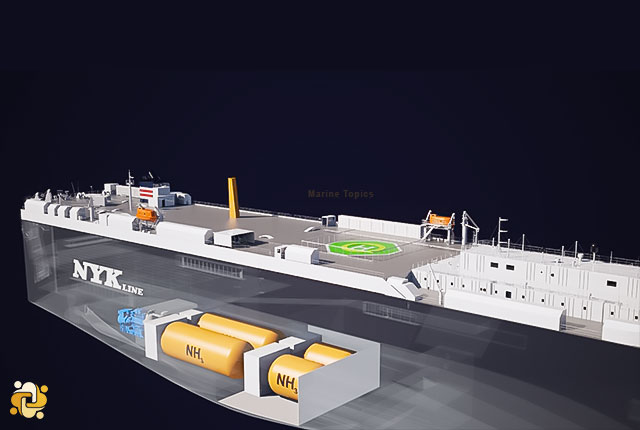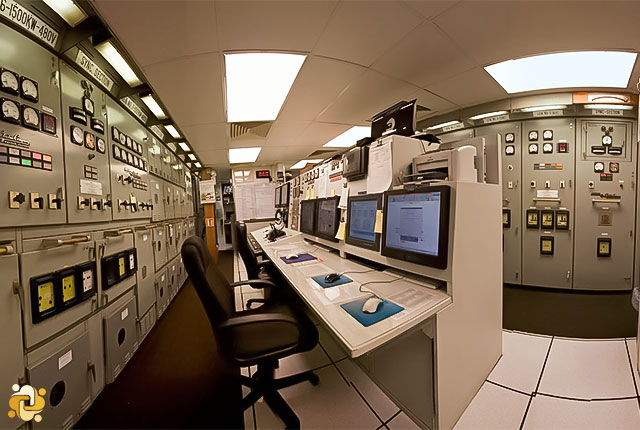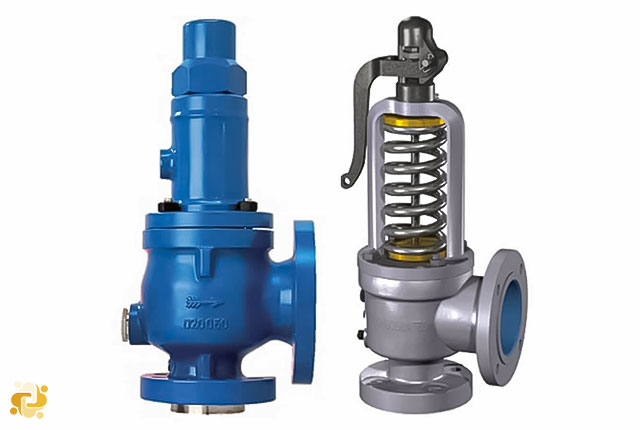
Introduction to Pressure Safety Valve
2023-02-10 18:58
Introduction
The primary purpose of a pressure safety valve is the protection of life, property and environment during an over-pressure event in a pressurized vessel or equipment. An over-pressure event refers to any condition which would cause pressure in a vessel or system to increase beyond the specified design pressure or maximum allowable working pressure.
Based on the ships’ classification rules, Boilers are to be fitted with not less than two spring loaded safety valves. However, only one safety valve may be accepted for the following boilers:
- Boilers with heating surface of less than 10 m2
- Boilers with the design pressure of not more than 1 MPa, provided that they are equipped with a pressure controlling device and a device which cuts off fuel supply automatically at a pressure not exceeding the design pressure.
In this regards, Heating surface area of a boiler is the area calculated on the combustion gas side surface where one side is exposed to combustion gas and the other side to water, but the heating surface of super-heater, re-heater, economizer or exhaust gas economizer is excluded, unless specially specified.
On the other hand, safety valve with spring pilot valve may be used in lieu of spring loaded safety valve. The safety valve with spring pilot valve is to operate satisfactorily with the steam pressure. In case where the boiler is provided with a super heater, at least one safety valve is to be fitted up at the outlet of the super heater.
Types of Pressure Safety Valves
There are two main types of safety valves: Spring-loaded safety valves and pilot-operated safety valves. Also relevant are so-called change-over valves, which ensure continuous system availability.
Spring Loaded Pressure Safety Valves
Spring-loaded safety valves are one of the main types of safety valves in which the closing force or spring force is applied by a spiral spring.
In a direct spring loaded safety valve the closing force or spring force is applied by a helical spring which is compressed by an adjusting screw. The spring force is transferred via the spindle onto the disc. The disc seals against the nozzle as long as the spring force is larger than the force created by the pressure at the inlet of the valve.
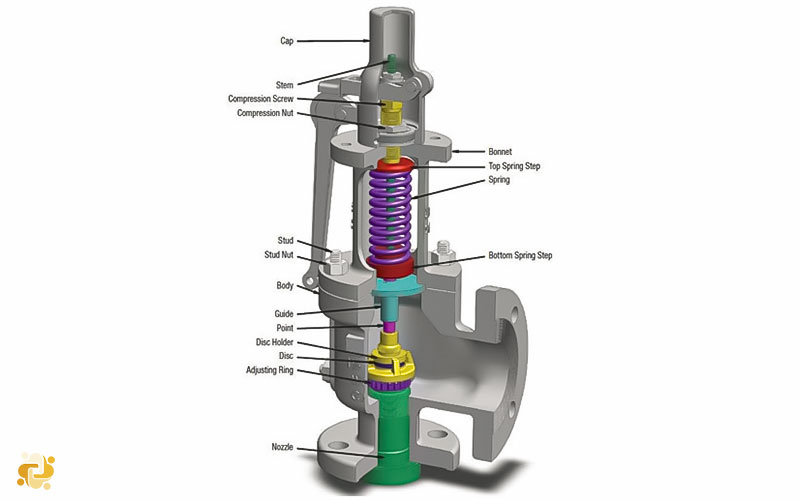 Pilot Operated Pressure Safety Valves
Pilot Operated Pressure Safety Valves
Pilot-operated valves are pressure relief valves that control the main valve’s inlet and outlet port. They are similar to spring-loaded valves but are the best alternative solution for reaching the highest pressure and highest capacity. These valves offer excellent performance for overpressure protection. This valve type was initially recognized as a unique solution to withstand high backpressure or improve system stability, but its outstanding capability to optimize valve selection is often overlooked.
Pilot Valves offer industry leading performance with both main valve and pilot seat tightness up to 98% of set pressure. This advanced design ensures zero-leakage during normal operating conditions for even the most demanding high-pressure applications.

Remote sense configuration eliminates rapid cycling valve chatter in applications with >3% inlet line loss, enabling POSRVs to open and relieve pressure in a stable and efficient manner. The modulating style opens proportionally to the overpressure pilot, ensuring a smooth opening cycle and relieving only required capacity, keeping the operation safe, efficient and reliable.
Any pilot-operated valve is designed to withstand higher backpressure than a spring-loaded valve. The main valve piston is protected by the guide and balanced without having any fragile components that are prone to fail. The main valve has the same pressure at the inlet and on the dome—the dome is the upper part of the main valve, and due to sectional area variation, drawback force is applied on the piston. The pilot opens when you increase the pressure and reach the set point. It disconnects the upper part of the piston. The pressure is a direct vacuum to the atmosphere, making the piston open and relieving the main valve’s total capacity.
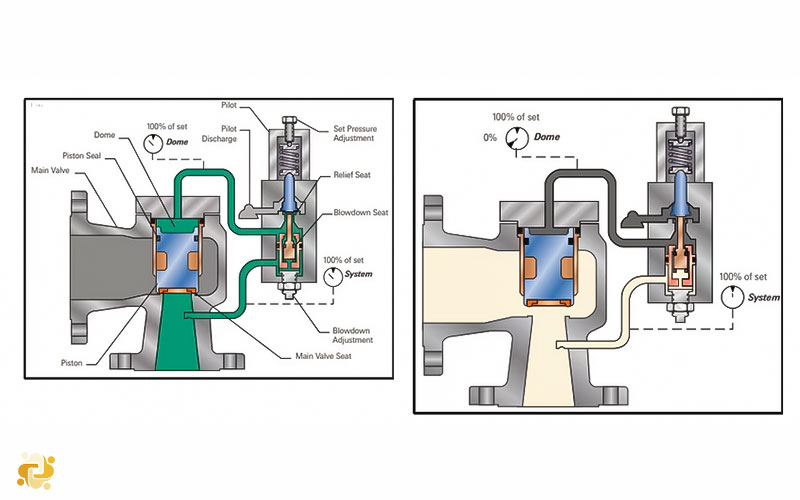
Pilot-operated valves are the ones to go with when you have a significant pressure drop for its capacity to modulate. Many accessories can connect to a pilot valve as it is significantly easier than a spring-loaded valve. It also has a better size and pressure capability than the spring-loaded valves. The pilot-operated valves can be directly connected to the vessel using a static or remote sensing line. The pilot controls the main valve and allows it to keep its open position whatever the pressure drop at the inlet.
How to choose between conventional safety relief valve and pilot operated safety relief valves
Conventional spring-operated safety valve is most likely to be the best for the applications that will expose the valve to high temperatures, highly viscous, or dirty services. In smaller sizes they are greatly cheaper to use than POSVs.
Conventional spring-loaded safety valve may not be the good choice for applications requiring maximum seat tightness / sealing, minimal simmer, or applications with high or variable back pressures. Measures can be taken to mitigate these shortcomings; however, they bring limitations of their own. For example, a conventional valve can be constructed with a soft seat to improve sealing, but this will generally introduce temperature limitations. To reduce the effects of back pressure a conventional PRV can be outfitted with a bellows. However, a bellows has lower back pressure tolerance than a POSV and can be costlier to maintain.
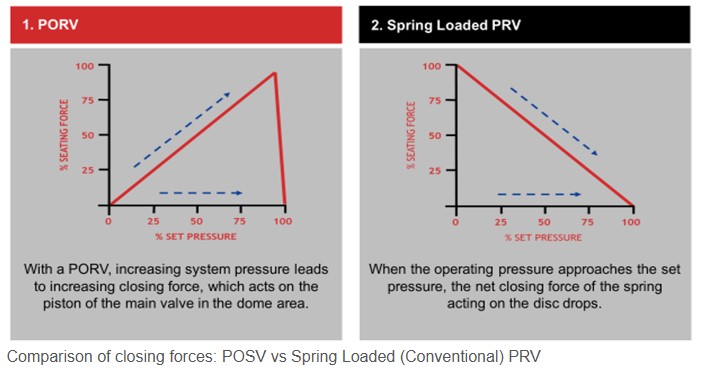
The POSV is designed to mitigate many shortcomings of a conventional valve but has its own limitations. POSVs are best suited to applications requiring maximum seat tightness when approaching set pressure, applications with superimposed back pressure and built-up back pressure, and high relieving capacity applications with physical size limitations, to name a few. POSVs can also have set pressure capabilities that go beyond API 526 set pressure limitations associated with conventional PRVs.

